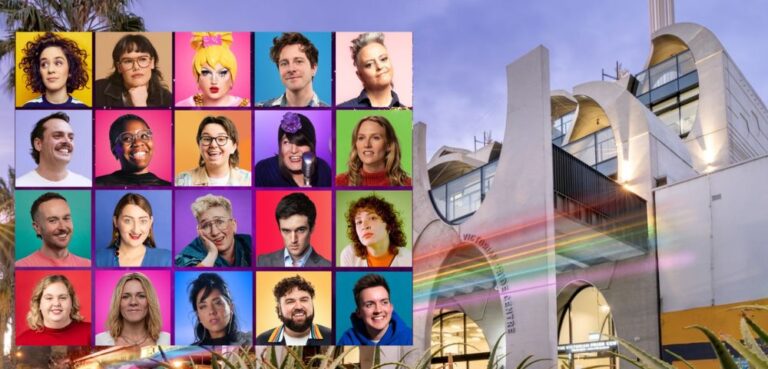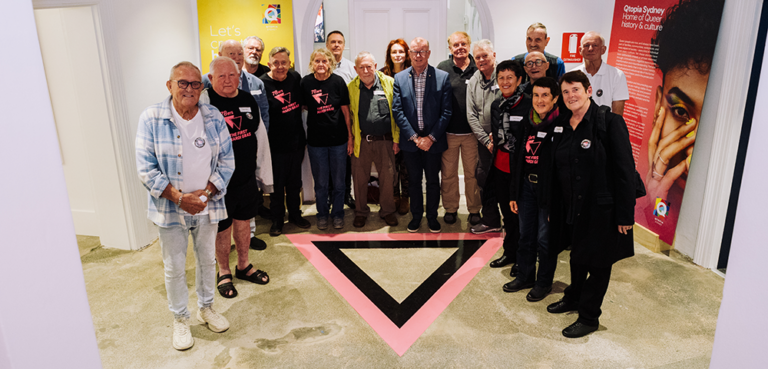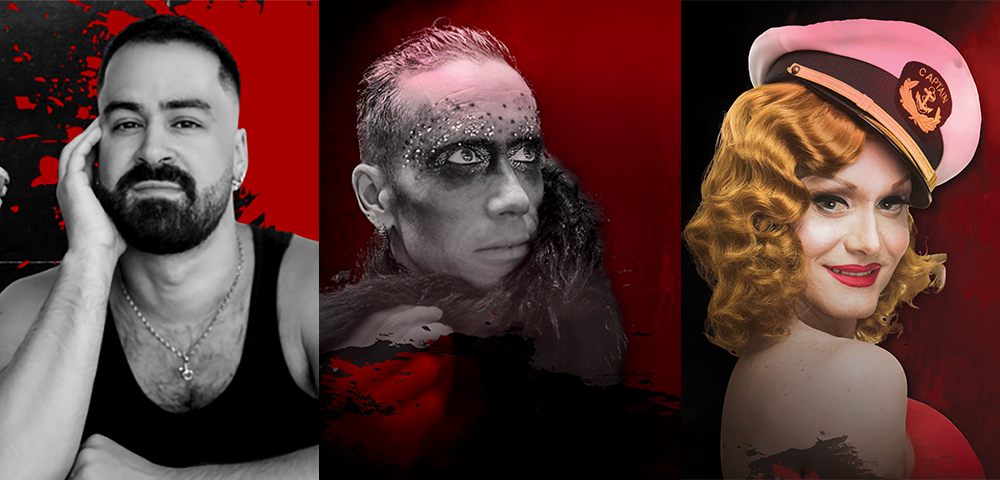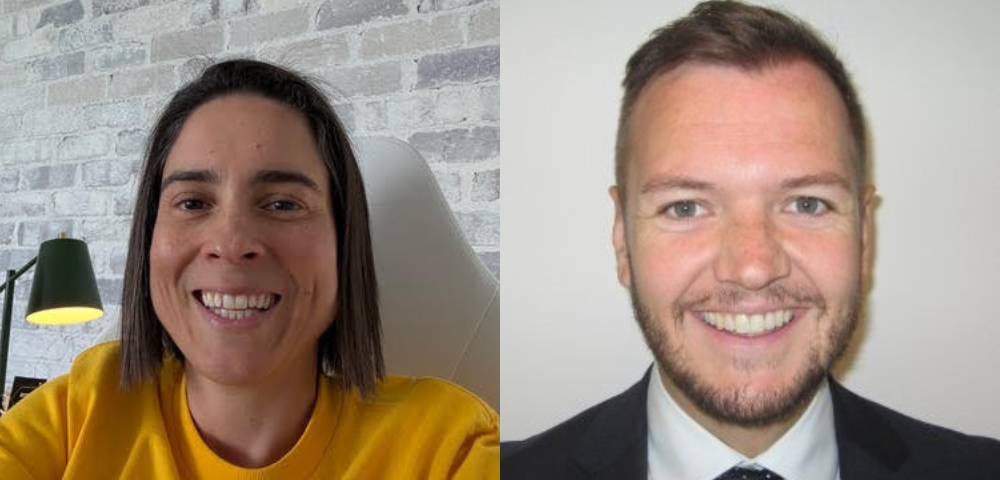
‘Come See Me In The Good Light’ Review: Andrea Gibson Deals In Truths, Not Clichés

One of the more famous poets of modern times and a bona fide queer icon, Andrea Gibson put a lot of thought into their death. They wrote love letters to their friends and family from the afterlife, wielding words to comfort them over a death that hadn’t happened yet. Come See Me In The Good Light feels like one of these love letters.
Directed by Ryan White, the documentary follows some of the last months of Gibson’s life, as they and their wife Megan Falley (also a poet) navigate an incurable ovarian cancer diagnosis.
White and producer, Jessica Hargrave, had been looking for comedic pitches, and were taken aback when Tig Notaro, comedian and longtime friend of Gibson, told them about their diagnosis and the little time they had left. It wasn’t what the pair had been looking for, but before they knew it, White and Hargrave were on the couple’s driveway in Colorado with a skeleton team of filmmakers.
“You could tell these people were something special,” Hargrave told Star Observer. “They were magnetic, they were magical. And they also had so much to say that was so unique and singular.”
Gibson has been described as a sort of rock star poet, with Falley only smei-jokingly referring to them as the “gay James Dean of poetry”. Before they became too unwell, they toured their work internationally, giving spoken word performances in music venues to rowdy audiences who recited their words back to them. An art form that so often feels inaccessible and pretentious, is made welcoming in Gibson’s hands, drawing audiences in by opening themselves up and showing the world the softest, most vulnerable parts of them.
They take a similar attitude towards the film crew following them around, inviting them into their day-to-day, addressing them- and subsequently, the audience- directly. On the first night of filming, Gibson and Falley end up in fits of giggles over dinner with a friend, swapping jokes about the poet laureate getting fingered so intensely that the cancer gets fished out. From the very beginning, they’re all in.
Shots of the pair getting ready for bed, fixing the mailbox, editing each other’s writing, achingly normal activities, are interspersed with clips of Gibson reading their poems aloud. Their work, already so evocative in its vulnerability, takes on a new layer of intimacy when the audience sees the days behind it. It’s in these moments that we see Gibson and Falley move about the world and around each other so tenderly. As much as the documentary is a portrait of Gibson, it’s also a testament to the love they hold for Falley, and the way that love is returned.
“We just had so much footage of them talking to each other, and they give so much space for each other,” Hargrave said.
“What we were really trying to capture was a lot more about just sort of the in between times, what they were doing in this moment and how their relationship worked. You see the love of that written out in their poetry, but to see the dynamic- it could only really show up in a documentary.”
As with all stories about cancer and death, the true heart of the film lies in what it means to live. Gibson, who had previously explored suicidality and self harm in their work, finds themselves all at once with a bone-deep desire for more time, more life. It’s a testament, not only to Gibson and Falley, but also to White, that this delivery feels like a truth rather than a cliché. It’s not inspiration, but realisation that you’re left with, that for all the horror in the world, life continues on in the tiniest of ways. So often after reading their work, I was hyperconscious of the intricacies of my being, the miracle of breath moving through my lungs, and Come See Me In The Good Light left me feeling much the same.
“I think that we really thought it was an end of life film, and we even talked with them at some point about the concept of dying gracefully, and Andrea was sort of startled by that concept,” Hargrave said. “Like, what do you mean? This is about living. This isn’t about waiting till you get that news and then changing how you approach the rest of your time.
“I don’t think that we totally knew that. I think that that evolved over time. And that’s also the reason that the film ends the way it does, is it’s very much a film about life. It’s not a film about death.”
When the documentary first premiered at Sundance earlier this year, Gibson was still alive, answering audience questions and doing press circuits. I imagine it would have been a sort of emotional whiplash, watching someone go through the motions of processing their own death, seeing them bald and pale in the hospital, only to have them solidly in front of you, making jokes in the Q&A afterwards.
After Gibson died in July, I’d held on to this documentary as a final note from them, hoping to glean some kind of comfort in a world without new words from them. When the film began to draw to a close in my living room on a warm evening in early November, I felt panic creeping up my throat. I was quickly becoming aware that I was watching the final minutes of one of their last pieces of work, and I wasn’t feeling ready to say goodbye to them at all.
The screen faded into black, and I held my breath waiting for some kind of acknowledgement of their death- a set of dates, or a sentence about leaving the world surrounded by the people and dogs they loved most- but nothing came.
“Once they passed, we decided not to go back and add anything,” said Hargrave. “The concept is about the celebration of life, and it just honestly felt like it would suck the air out of that space to put some slate, some fact, about their physical death.
“We really wanted you to still be just feeling the emotion, and not just that cold, hard fact. As Meg says, who knows? Andrea died, allegedly, but she very much believes that they’re still with us.”
Come See Me in the Good Light is available on Apple TV from today.










Leave a Reply